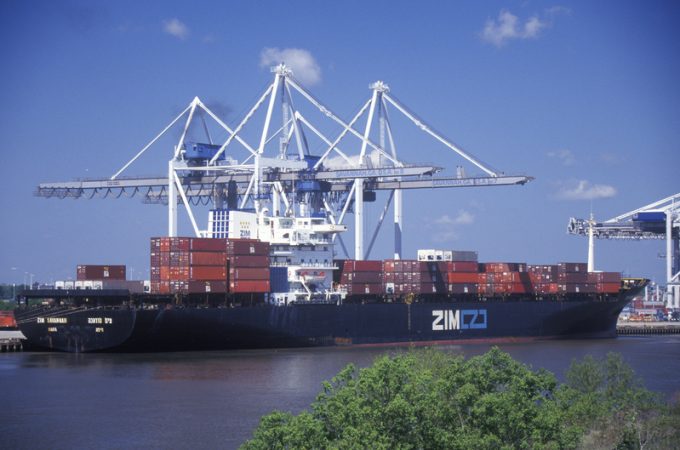Maersk not concerned by Trump hostility to green fuels for ships
Maersk’s environmental agenda will be driven by customers over administrations, amid the increasing uncertainty surrounding ...

Georgia Ports Authority (GPA) has shifted up a gear in its efforts to boost capacity.
Prompted by delays at Savannah, the authority has added $100m to its capital expenditure budget, bringing its spend on capacity expansion this year to $205m.
By the end of the year, GPA wants capacity to handle an additional 650,000 teu a year, an increase of 20% at Savannah.
The expansion is needed because of a surge in throughput that is expected to continue, said GPA chairman Will McKnight, ...
Trump tariffs see hundreds of cancelled container bookings a day from Asia
'To ship or not to ship', the question for US importers amid tariff uncertainty
'Chaos after chaos' coming from de minimis changes and more tariffs
Forto 'sharpens commercial priorities' as it lays off one-third of staff
List of blanked transpac sailings grows as trade war heats up and demand cools
EC approves DSV takeover of DB Schenker
'Disastrous' DSV-Schenker merger would 'disrupt European haulage market'
Overcapacity looms for ocean trades – with more blanked sailings inevitable
Amazon Air’s metamorphosis: 'a different air cargo unit from two years ago'
Shippers in Asia restart ocean shipment bookings – but not from China
India withdraws access for Bangladesh transhipments, in 'very harmful' decision
'Tariff hell' leaves industries in limbo – 'not a great environment to plan'


Comment on this article